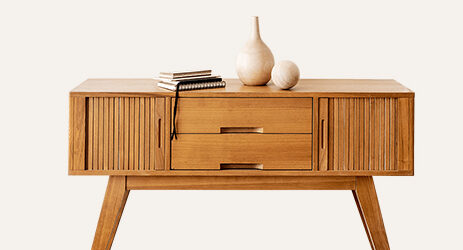Ceramics, a craft steeped in cultural heritage and practicality, is a vocation that harmoniously combines aesthetic appeal and profound historical intrigue. Specifically, through the lens of ceramic tea cup sets and Ceramics Coffee Mugs Set, this investigation into one-of-a-kind tea cup and mug collections examines the intriguing intersection of artistry and functionality. These objects serve as manifestations of individuality and cultural legacy, transcending their practical function as drinking vessels.
Distinct Aesthetic and Customs:
Globally, ceramics have been developed and esteemed as an artistic medium, wherein every culture has contributed its distinct aesthetic and customs. Wide-ranging in style, from the fragile earthenware of the Mediterranean to the refined porcelain wares of East Asia, ceramic craftsmanship is extraordinarily diverse. Teacup and coffee mug production are particularly significant, as they frequently provide an introduction to the craft of ceramics for novices and an opportunity for experienced artisans to showcase their creativity.
Cultural Diversity in Ceramic Artistry:
A synthesis of precise techniques and imaginative intuition are required to produce a ceramic coffee mug or Ceramic Tea Cup Sets. Clay, which can vary considerably in hue, texture, and firing temperature, is initially chosen. To fulfil their functional and aesthetic needs, artisans must select the proper variety of clay. Due to its delicate and translucent characteristics, which exemplify sophistication and elegance, porcelain is frequently preferred for teacup sets. Stoneware, on the other hand, is frequently selected for coffee mugs due to its resilient nature and relatively low absorption capacity. Moreover, its substantial feel makes it well-suited for everyday tasks.
The Craftsmanship Process:
The final texture and form of the cups or mugs are influenced in unique ways by the techniques employed in their formation, including wheel throwing, slip casting, and hand-building. Frequently observed in conventional sets, wheel throwing enables symmetrical configurations and polished surfaces. Conversely, larger collections benefit from the uniformity and complexity of designs that slip casting offers. By employing manual construction methods such as coiling and pinching, a greater degree of tactile satisfaction is achieved, as every item possesses the distinct imprint of its creator.
Techniques and Artistic Personalisation:
Following the shaping process, the clay undergoes a critical drying phase, during which it solidifies to the consistency of leather, thereby preparing it for subsequent decorative uses such as engraving and carving. The tea cups and coffee mugs begin to reveal their true personalities at this stage. In order to enhance the simplicity of the forms, artists may select to inscribe patterns, embed vibrant inlays, or employ relief techniques.
The Transformation of Clay into Art:
The dried clay forms are subsequently vitrified at a high temperature in a kiln during the bisque firing process. Furthermore, the shape is solidified, and the surface is prepared for glazing during this procedure. The application of a liquid glass solution to the clay body, which fuses during firing, constitutes both an art and a science in ceramics. A glossy and vibrant appearance can be transformed into one that is matte and subdued by the glaze chosen for a teacup or coffee mug. Furthermore, unique characterises each piece through the mesmerising and unforeseen effects that result from the glaze’s interaction with the clay body during firing.
Glaze Firing and Final Aesthetics:
Magic occurs during the concluding stage, glaze firing. The artisan selects the colours and designs that are imbued into the clay and glaze, which are fused by the kiln’s intense heat. Upon completion, a collection of coffee cups or mugs emerges, each bearing a distinct imprint of the individual’s artistic progression while remaining suitable for incorporation into a daily routine, whether it be an afternoon or morning tea.
Discovering Unique Ceramic Collections:
Particularly for their capacity to narrate tales, collectors and enthusiasts frequently pursue coffee mug sets and tea cups made of ceramic. Every collection embodies a distinct era, location, or artistic perspective, from festively adorned ensembles that pay homage to folk traditions to minimalist sets adorned with sleek, contemporary lines that resonate with contemporary sensibilities. Their dual nature as utilitarian objects and artistic creations constitutes their appeal.
Digital Marketplace and Artisan Access:
Exploring specialty ceramic shops and artisan markets can be fruitful for those who are beginning or expanding their collection. Furthermore, an increasing number of collectors locate limited-edition and exclusive sets on online marketplaces. Ceramic artisans can now impart their artistic expressions and local customs to an international audience, a capability that the digital age has greatly enhanced.
Conclusion:
Aspirations to harmonise aesthetic appeal with practicality are intrinsic to the ceramics craft. With their exquisite collections of ceramic coffee mugs and tea cups, we are honoured to contribute to this tradition. Every curated item by the House of Mishka serves as a work of art designed to enhance the beauty and joy of ordinary moments, transcending its function as a simple drinking vessel. We encourage individuals at all levels of expertise in the ceramics industry to peruse our assortment in order to discover a piece that expresses your style and preferences.



3vytht